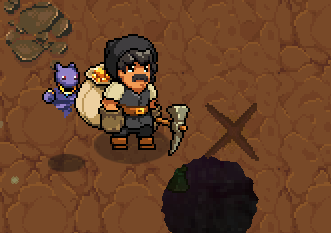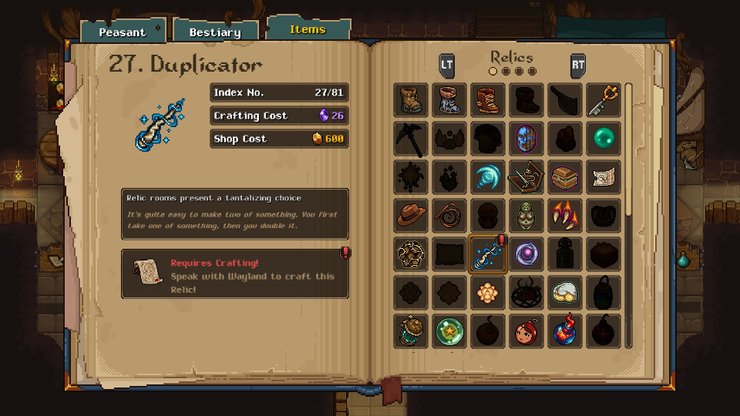


Yet nearly all of these groups possess enough men and munitions to act as a spoiler to any national peace deal they feel does not adequately address their interests. None of these various armed groups - whether Hadi’s forces, the Houthis, or the STC - are strong enough to impose their will on the rest of the country. Yemen will not be put back together again The STC has control of the island of Socotra, and Hadi’s units hold Yemen’s “ triangle of power,” the oil and gas fields of Marib, Shabwa, and Hadramawt. Oman, which sees al-Mahra as within its sphere of influence, has grown increasingly concerned with the Saudi military presence on its border and is working to undermine it. Saudi Arabia has built up its military presence on the Omani border, establishing at least two dozen bases over the past three years and recruiting locals for paramilitary groups. In al-Mahra, on Yemen’s eastern border, Saudi Arabia and Oman are playing a not-so-secret game for influence with local tribes. Hadramawt is split between the UAE-backed Hadrami Elite Forces, who control the coast, and Islah-affiliated units in the interior. In Marib, the site of the current Houthi offensive, Islah is in charge. Many of these fighters favor secession as well, just not STC-led secession. North of Aden, another UAE-backed group, the Salafi-led Giants Brigades, is active in Lahj. The STC and its affiliated military units are backed by the UAE, which opposes Islah based on its ties to the Muslim Brotherhood. The secessionist-minded Southern Transitional Council (STC) holds the southern port city of Aden after pushing Hadi’s forces out in August 2019. The Houthis hold the northern part of the governorate, but Islah, a political party with ties to the Muslim Brotherhood, has won the battle within the anti-Houthi alliance, defeating rival fighters from the 35th Armored Brigade and the Abu al-Abbas group for control of the city of Taiz and much of the countryside south of the city. Since then, the Houthis have embarked upon an ambitious program of restructuring governance in areas under their control, which is designed to make removing the Houthis and re-unifying Yemen impossible.Īlong the Red Sea coast, Saleh’s nephew, Tariq Saleh, heads a group of fighters, backed by Saudi Arabia and the United Arab Emirates (UAE), who are positioned against the Houthi frontlines in Hudaydah.įurther inland in Taiz, the conflict is largely between members of the anti-Houthi alliance. sanctions regime, which disproportionately weakened Saleh’s network, the Houthis were able to outmaneuver their domestic rival, eventually killing Saleh in December 2017. Over time, and thanks to a poorly conceived U.N. While they distrusted one another, they made common cause against Hadi and the Saudis. The two had been enemies: The Houthis and Saleh fought six wars against one another between 20.

When Saudi Arabia intervened in 2015, the Houthis ruled the highlands in partnership with former Yemeni President Ali Abdullah Saleh. In 2019, the Houthis named an ambassador to Iran, and the following year Iran reciprocated, installing Hassan Irloo, a member of the Islamic Revolutionary Guard Corps (IRGC), as its ambassador in Sanaa.

Iran smuggles missile components to the Houthis, provides them with trainers, and supports them economically. But the war has only driven the Houthis and Iran closer together. In 2015, Saudi Arabia decided it had to intervene militarily to prevent the Houthis from becoming a Hezbollah-like group - backed and armed by Iran - on its southern border. In the northern highlands, where much of Yemen’s population lived prior to the war, the Houthis hold sway. Instead of one or two Yemens, there are now multiple Yemens, tiny statelets and zones of control held by an expanding number of armed groups, all of which have different goals and trajectories. Nor will the country revert to a pre-1990 north-south division. Indeed, after six years of war, thousands of missiles and bombs, hundreds of thousands of deaths, and the world’s worst humanitarian crisis, Yemen has fractured to the point that it is unlikely ever to be reconstituted as a single state.


 0 kommentar(er)
0 kommentar(er)
